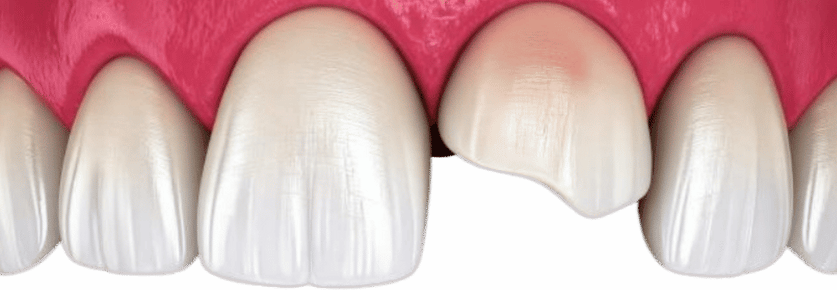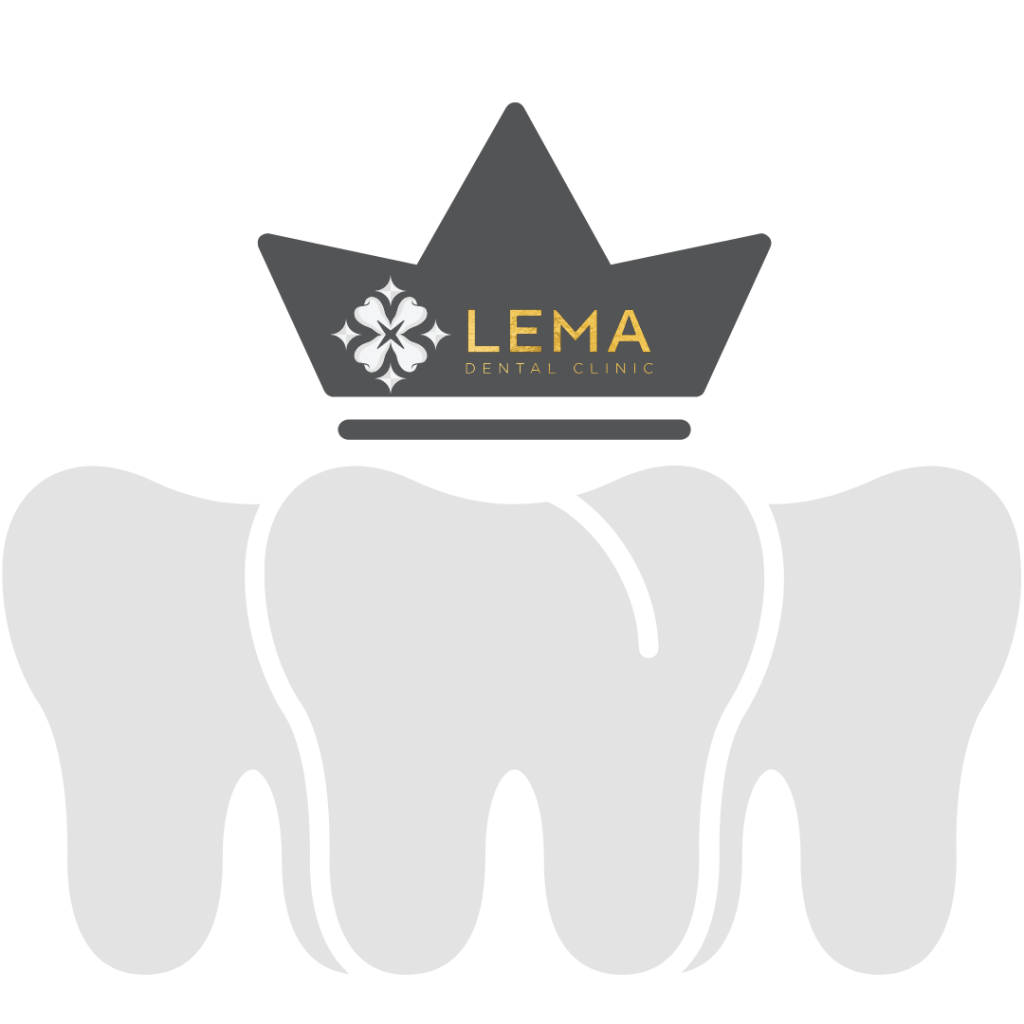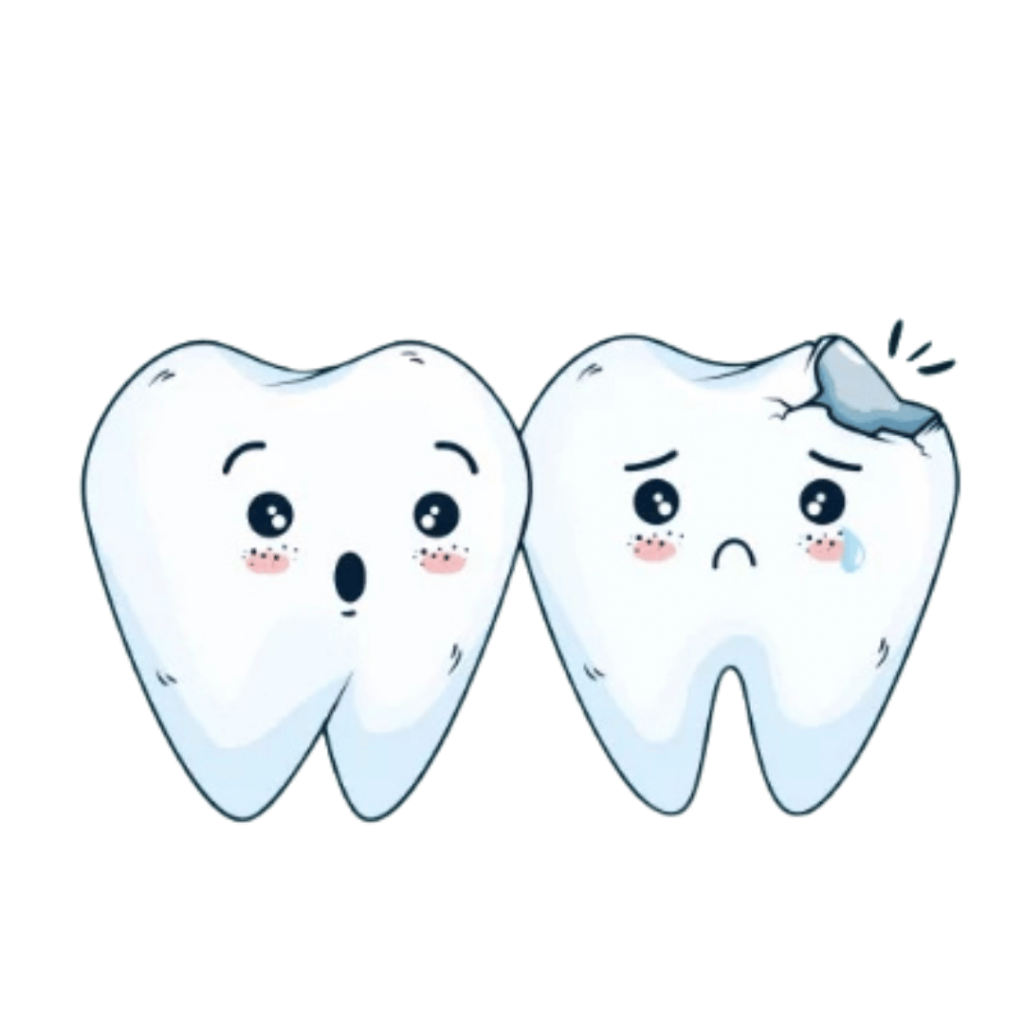Take advantage of our limited-time Dental Implant promotion—now only $240!
Complete the form to receive complimentary 5 star hotel, spa services, breakfast, and vip transfer.
Average response time: 8 minutes
Causes of Cracked Tooth Syndrome
Cracked Tooth Syndrome can be caused by several factors. Trauma or injury to the tooth is one of the primary causes. Additionally, excessive biting forces can lead to cracks over time. Some underlying dental issues, such as large fillings or untreated cavities, may also weaken the tooth structure, making it more susceptible to cracking. Understanding these causes is vital for prevention.
Trauma and Injury
Trauma and injury are significant causes of Cracked Tooth Syndrome. A sudden impact or blow to the tooth can result in cracks. Such injuries may occur during sports activities or accidents. Even minor injuries can lead to serious problems if not addressed promptly. In some cases, the tooth may appear fine externally, but internal damage can cause pain and discomfort later on.
Excessive Biting Forces
Excessive biting forces are another critical factor in the development of Cracked Tooth Syndrome. Constant pressure from chewing hard foods or grinding teeth can weaken the tooth structure over time. This condition is more likely to occur in individuals who have a habit of clenching or grinding their teeth. Reducing biting forces can help protect the teeth and lower the risk of cracking.
Underlying Dental Issues
Underlying dental issues contribute to the risk of Cracked Tooth Syndrome. Large fillings, untreated cavities, or weakened tooth structures can make teeth more vulnerable to cracks. These problems compromise the tooth’s integrity, leading to increased susceptibility. Addressing dental issues promptly is essential to maintain tooth health and prevent cracks from developing. Regular dental check-ups can help identify these risks early.
Symptoms of Cracked Tooth Syndrome

Symptoms of Cracked Tooth Syndrome vary but generally include pain, sensitivity, and visible damage. Individuals may experience sharp pain when biting down or discomfort from hot and cold stimuli. Tooth sensitivity is common, as the cracks expose the inner layers of the tooth. In some cases, there may be noticeable damage to the tooth, such as visible cracks or splinters. Prompt recognition of these symptoms is crucial for treatment.

Pain and Discomfort
Pain and discomfort are primary symptoms of Cracked Tooth Syndrome. Individuals often experience sharp pain when biting down on food, which may subside after releasing pressure. This pain can be triggered by hot or cold substances, making eating and drinking uncomfortable. Discomfort may vary in intensity and can worsen over time if the crack is not treated. These symptoms indicate the need for dental evaluation.
Tooth Sensitivity
Tooth sensitivity is a common symptom of Cracked Tooth Syndrome. Sensitivity to hot or cold foods and drinks can make daily eating habits challenging. The cracks expose the inner parts of the tooth, leading to heightened sensitivity. In some cases, even sweet or acidic substances can cause discomfort. If you experience increased sensitivity, it may be a sign of a crack. Prompt dental attention is recommended.
Visible Damage
Visible damage is another indicator of Cracked Tooth Syndrome. Individuals may notice actual cracks or splinters on the tooth’s surface. This damage can occur alongside other symptoms like pain and sensitivity. In some cases, the damage may also lead to pieces of the tooth breaking off. If you observe any visible damage to your tooth, it’s essential to seek dental care immediately to prevent further complications.
Diagnosis of Cracked Tooth Syndrome
Diagnosis of Cracked Tooth Syndrome typically involves a dental examination and reviewing symptoms. Dentists check for visible cracks and assess tooth sensitivity. In some cases, additional tests are needed to confirm the diagnosis. These tests may include radiographs or imaging to evaluate the tooth’s condition. An accurate diagnosis is crucial for determining the appropriate treatment method and ensuring optimal dental health.
Dental Examination
The dental examination is the first step in diagnosing Cracked Tooth Syndrome. During this process, the dentist inspects the tooth for visible cracks and evaluates any discomfort or pain. They may also check surrounding teeth to determine if there are related issues. This thorough examination helps the dentist understand the tooth’s condition and decide on the necessary diagnostic steps or treatments.
Radiographs and Imaging Tests
Radiographs and imaging tests are essential for a thorough diagnosis of Cracked Tooth Syndrome. While the dental examination provides initial insights, these tests offer a detailed view of the tooth’s structure. Radiographs help identify internal fractures or other hidden problems. Imaging tests ensure that the dentist has all the information needed to make an accurate diagnosis and develop an effective treatment plan.
Types of Tooth Cracks
There are several types of tooth cracks, and each has different characteristics. Craze lines are the most superficial cracks and don’t usually cause pain. Fractured cusps occur when the tooth’s chewing surface breaks. Cracked teeth have deeper splits that can lead to significant discomfort, while split teeth are almost completely separated into two parts. Vertical root fractures happen at the root level and may go unnoticed.
Craze Lines
Craze lines are the most common and least serious type of tooth crack. These superficial cracks occur on the tooth’s surface and are often caused by normal wear and tear. Craze lines typically do not cause pain or discomfort and do not require treatment. However, they can be a sign of weakened tooth enamel. Regular dental check-ups help monitor these lines to prevent further issues.

Fractured Cusps
Fractured cusps occur when the chewing surface of the tooth breaks. This type of crack is more common in molars, which bear the most biting pressure. Fractured cusps can be painful, as they may expose the inner parts of the tooth. Depending on the severity, it may be possible to fix this condition with dental bonding or a crown. Prompt treatment is essential to avoid complications.
Cracked Teeth
Cracked teeth are a more serious condition where the crack extends deeper into the tooth. This type of fracture can cause significant pain and discomfort, as it affects the tooth’s internal structure. Cracked teeth may lead to damage to the tooth’s nerve, requiring more extensive treatment. Immediate dental attention is crucial to prevent tooth loss and determine the appropriate treatment options.
Split Teeth
Split teeth are among the most severe types of tooth injuries. This condition occurs when the tooth cracks all the way through, creating two separate pieces. Split teeth often result in intense pain and require urgent dental intervention. In most cases, the dentist will need to extract the split tooth and discuss replacement options. Timely action is essential to maintain overall oral health.
Vertical Root Fractures
Vertical root fractures occur at the root level of the tooth and are often undetectable. These fractures can develop due to excessive pressure or dental procedures. Because they happen below the gum line, they may not cause immediate symptoms. However, they can lead to serious complications, including tooth loss. Early diagnosis and appropriate treatment are vital to address vertical root fractures effectively.

Cracked Tooth Treatment Options
There are various treatment options for cracked teeth, depending on the crack’s severity and location. Dental bonding is a suitable method for minor cracks, while crowns provide more protection for damaged teeth. Root canals are necessary when the crack affects the tooth’s nerve, leading to infection. In severe cases where the tooth cannot be saved, extraction may be the only solution. Proper evaluation guides the most effective treatment.
Bonding and Crowns
Bonding and crowns are common treatment methods for cracked teeth. Dental bonding is an ideal option for minor cracks, as it involves applying a tooth-colored resin to restore the tooth’s appearance. Crowns, on the other hand, provide comprehensive protection for teeth that are significantly damaged. They cover the entire tooth and prevent further injury. Your dentist will recommend the best option based on the crack’s severity.
Root Canals
Root canals are a necessary treatment when a crack leads to damage or infection of the tooth’s nerve. This procedure involves removing the infected nerve tissue and sealing the tooth to prevent further problems. Although root canals have a reputation for being uncomfortable, they are essential for saving the tooth and relieving pain. Afterward, a crown is usually placed to restore the tooth’s function.
Tooth Extraction
Tooth extraction is the last resort in treating cracked teeth. This option is considered when the crack is so severe that the tooth cannot be saved. Extraction helps prevent further complications and preserves overall oral health. After the extraction, your dentist will discuss options for tooth replacement, such as implants or bridges. Ensuring timely treatment can minimize the need for extraction.
Cracked Tooth Preventive Measures
Implementing preventive measures is crucial to reducing the risk of Cracked Tooth Syndrome. Regular dental check-ups allow for early detection of potential problems. Maintaining good oral hygiene and managing biting forces are also important steps. Using mouthguards during sports or to prevent teeth grinding can protect your teeth from excessive pressure or trauma. Adopting healthy dental habits contributes significantly to tooth longevity.
Importance of Regular Dental Check-ups
Regular dental check-ups are vital for preventing Cracked Tooth Syndrome. These visits allow dentists to monitor your oral health and identify any potential issues early. During check-ups, professionals can assess the condition of your teeth and recommend necessary treatments. Cleanings also help remove plaque and tartar, reducing the risk of dental problems. Prioritizing these appointments is an essential step in maintaining healthy teeth.
Managing Biting Forces
Managing biting forces plays an important role in preventing cracked teeth. Individuals who are prone to grinding or clenching their teeth should consider using a mouthguard. Additionally, being mindful of chewing hard foods can reduce the risk of excessive pressure on the teeth. Distributing chewing forces evenly can also help. Taking these steps will help protect your teeth from unwanted stress and reduce fracture risks.
Frequently Asked Questions
The following section addresses common queries regarding Cracked Tooth Syndrome. Understanding the answers to these questions can help you make informed decisions about your dental health. If you have further concerns, don’t hesitate to consult your dental professional for personalized advice and guidance.
Is it OK to leave a cracked tooth?
Leaving a cracked tooth untreated is not advisable, as it can lead to more severe dental issues. While some minor cracks may seem manageable, they often worsen over time, potentially causing pain, infection, or tooth loss. It’s best to consult a dentist to assess the situation and determine the appropriate treatment.

Can you fix a crack in a tooth?
Yes, many dental cracks can be fixed depending on their severity and type. Treatment options include dental bonding, crowns, and, in some cases, root canals. Early intervention increases the likelihood of successfully restoring the tooth and alleviating any associated pain. Consulting a dentist is essential for personalized treatment recommendations.
Can a cracked tooth be saved?
A cracked tooth can often be saved, especially if the crack is identified early. Various treatments, such as bonding, crowns, and root canals, can restore the tooth’s function and integrity. However, severely cracked teeth may not be salvageable. Seeking prompt dental care is crucial for improving the chances of preservation.
How long does it take for a cracked tooth to get infected?
The timeline for a cracked tooth to become infected varies based on several factors, including the crack’s severity and location. Generally, if bacteria enter the tooth through a crack, infection can develop within days to weeks. Timely dental intervention is essential to prevent infection and protect overall oral health.
